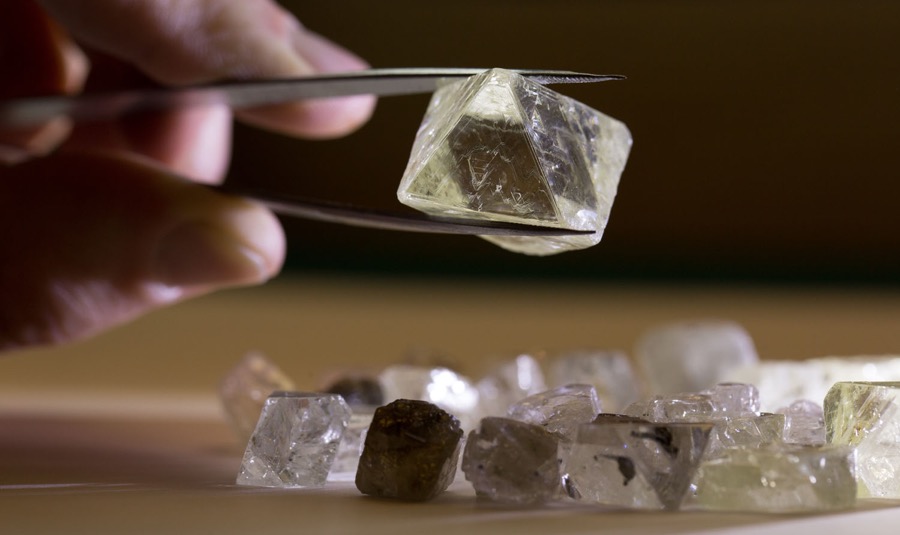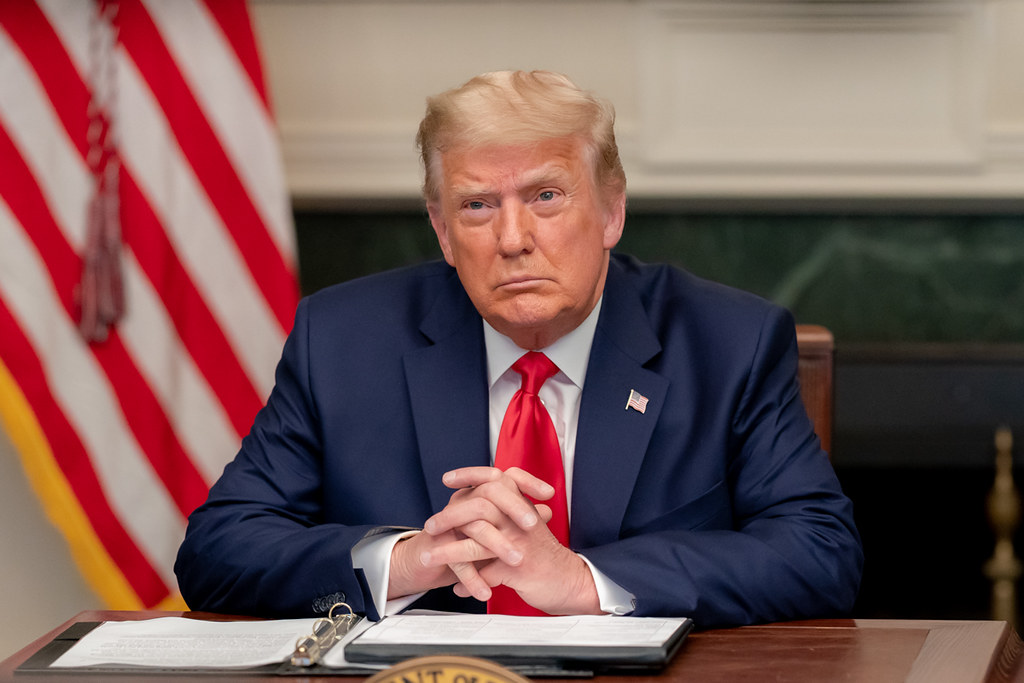A look at rough diamond prices in the midst of the covid crisis

Much of the diamond supply chain has been virtually suspended since boarder closures and travel restrictions globally were implemented in the last two weeks of March in response to the Covid pandemic. The diamond manufacturing hub in India was officially closed on March 24 and most retail outlets that sell diamonds and jewelry throughout the world, excluding China, were mandated to shut doors in mid-to-late March.
While some rough diamond trading has taken place in recent weeks, the relative volume of transactions has been minimal due the aforementioned travel restrictions, and ultimately a lack of downstream demand as closed jewelers have no need to replenish inventory. Typically, in a crisis-environment diamond trading liquidity dries up, however at the moment the circumstances are especially severe due to the unique nature of an acute concurrent demand and supply shock.
There are always rough diamond buyers –even when the supply chain is essentially frozen like it is at the moment– the question is at what price? Most current buyers, excluding those bound by contract, are few and opportunistic and can afford to buy and hold goods until demand returns –and are likely only willing to buy at steep discounts. Thus, sellers that are under pressure to generate cash flow to meet financial requirements in current conditions can in fact sell their goods but at prices that are likely significantly low on a relative basis.

This was the outcome of recent sales held by a couple of independent miners in late-March and early-April. In one instance, a miner sold using multiple methods including tender, direct sales and partnership arrangements at prices that were down as much as 18% or more on a like-for-like basis compared to November 2019. In another instance, a miner sold most goods using a combination of tender and direct sales in both South Africa and Antwerp, respectively, at prices that were in some cases down 25% or more on a like-for-like basis compared to mid-February.
That said, it is important to remember that there is in actuality relatively little rough trading at these levels as most independent producers that can afford to are not selling into this market and will optimally wait for the supply chain to reopen before selling again. Others are opting to temporality suspend production altogether, awaiting better market conditions before returning to operations.
Larger diamond miners that sell most production via contract have limited client/buyer requirements in the current environment and in general seem to progressing with a “price over volume strategy” in managing supply to market, meaning favoring reducing sales volume and maintaining prices versus maintaining sales volume and reducing prices.
For example, in the calendar Q1 2020 period, ALROSA’s (MICEX: ALRS) gem-quality like-for-like prices, excluding fancies and specials, were down only 1.9% relative to Q4 2019. However, ALROSA’s sales in March were only $149 million, or 59% below the relative period a year ago and 73% below 2018. On March 30, De Beers, another contract seller, canceled the company’s third sale of 2020 scheduled to close on April 3. Last year, the equivalent sale brought in $581 million.
For context, an estimated 3/4+ of global rough by value is sold via contract, almost exclusively by the largest miners. Most of the balance is sold via tender, auction or private sale by independent commercial miners or smaller-scale businesses. Taking this into account, cumulative rough prices are probably down closer to 10% year-to-date 2020 as gaged by the Zimnisky Global Rough Diamond Price Index, rather than the minus 20%-plus low-water-mark tender/private sale transaction prices seen in the midst of illiquidity.
Once the diamond supply chain begins to reopen, which will require the opening of boarders, retail outlets and manufacturing and trading hubs globally, trading volume will gradually begin to normalize and prices will likely find a more sustainable and reliable price level.
Medium- and longer-term, global diamond supply coming off in the coming months, quarters and years, not only by production shut-ins but also by strategic supply curtailments by the majors, should help support price fundamentals while the severity of a protracted global economic downturn even after the pandemic has been mitigated will inevitably impact the magnitude of longer-term pressure on demand. At the moment uncertainty continues to prevail, but ultimately it will be these two factors that are likely to influence price action for diamonds in the coming quarters and years ahead.
In the meantime, buyers are few and opportunistic and non-urgent sellers are reluctant to sell at deep discounts, resulting in a wide “bid/ask spread” for rough diamonds.
(By Paul Zimnisky)
More News
{{ commodity.name }}
{{ post.title }}
{{ post.date }}

Comments